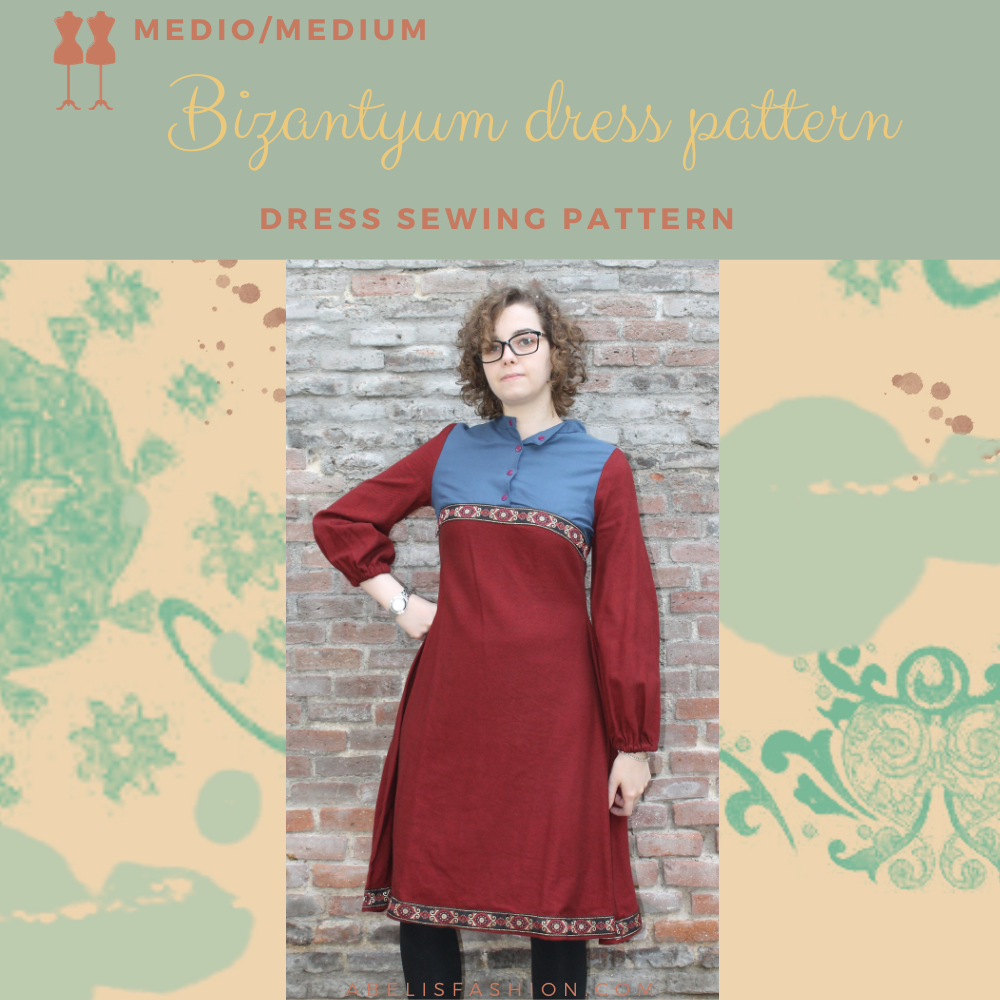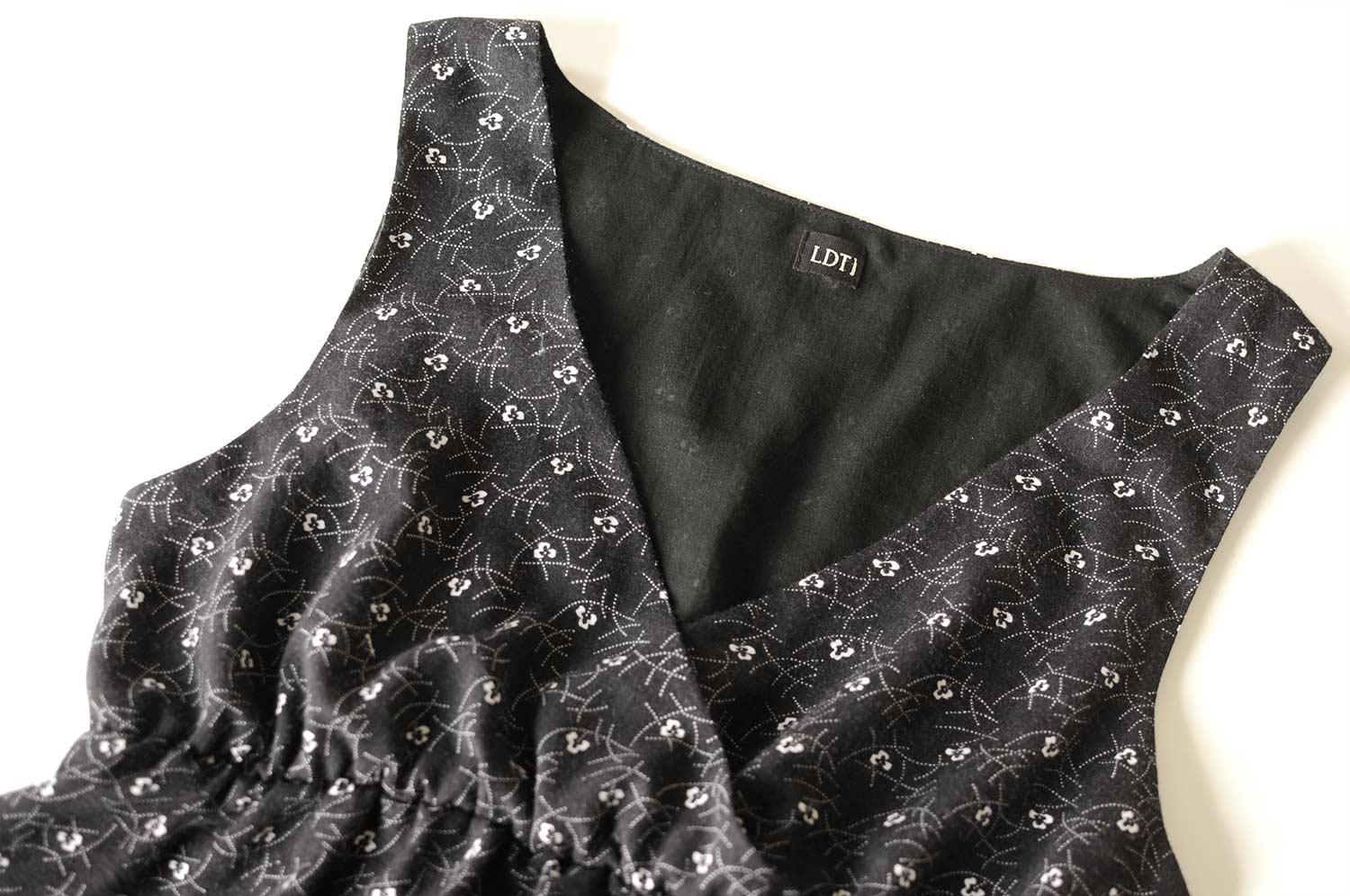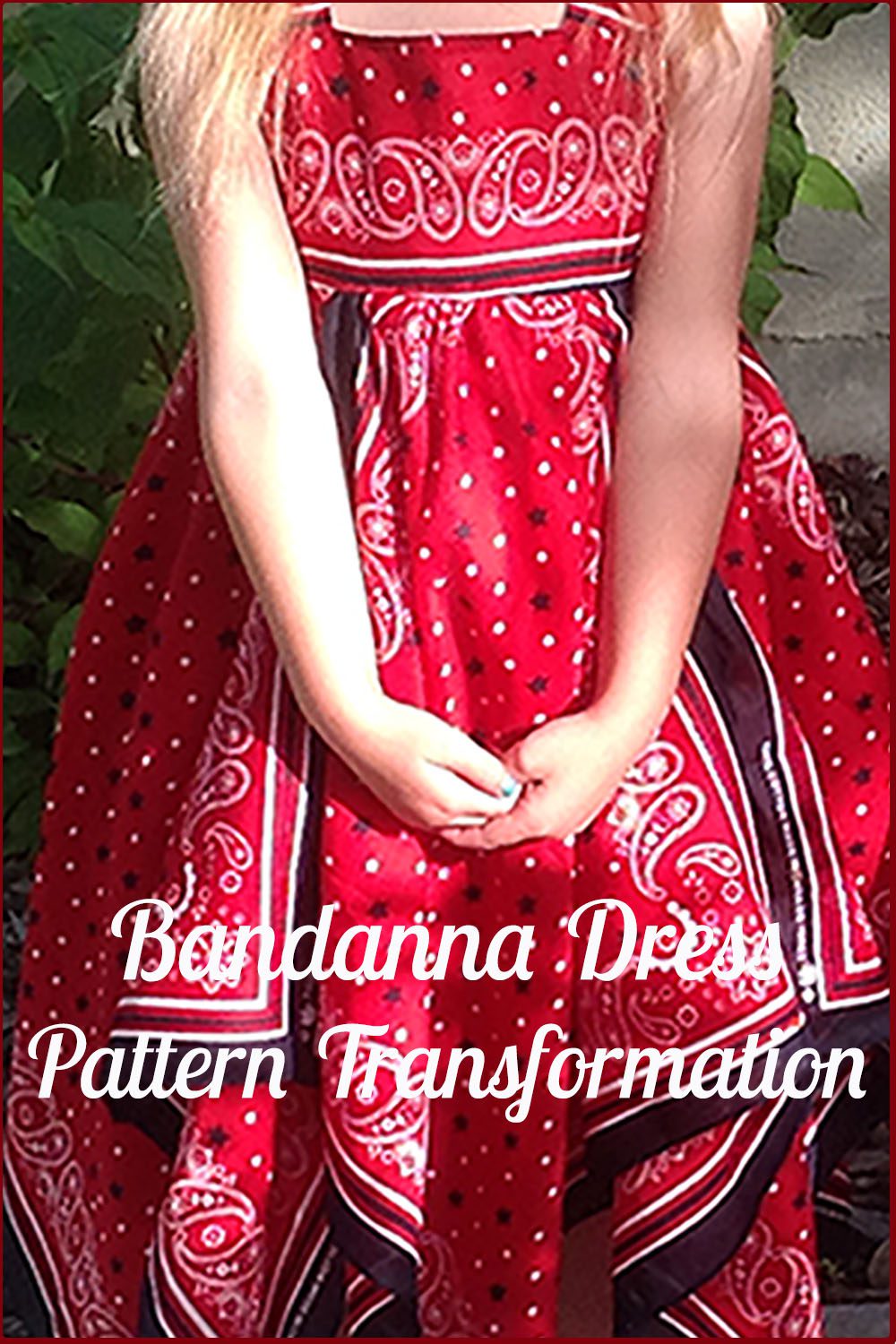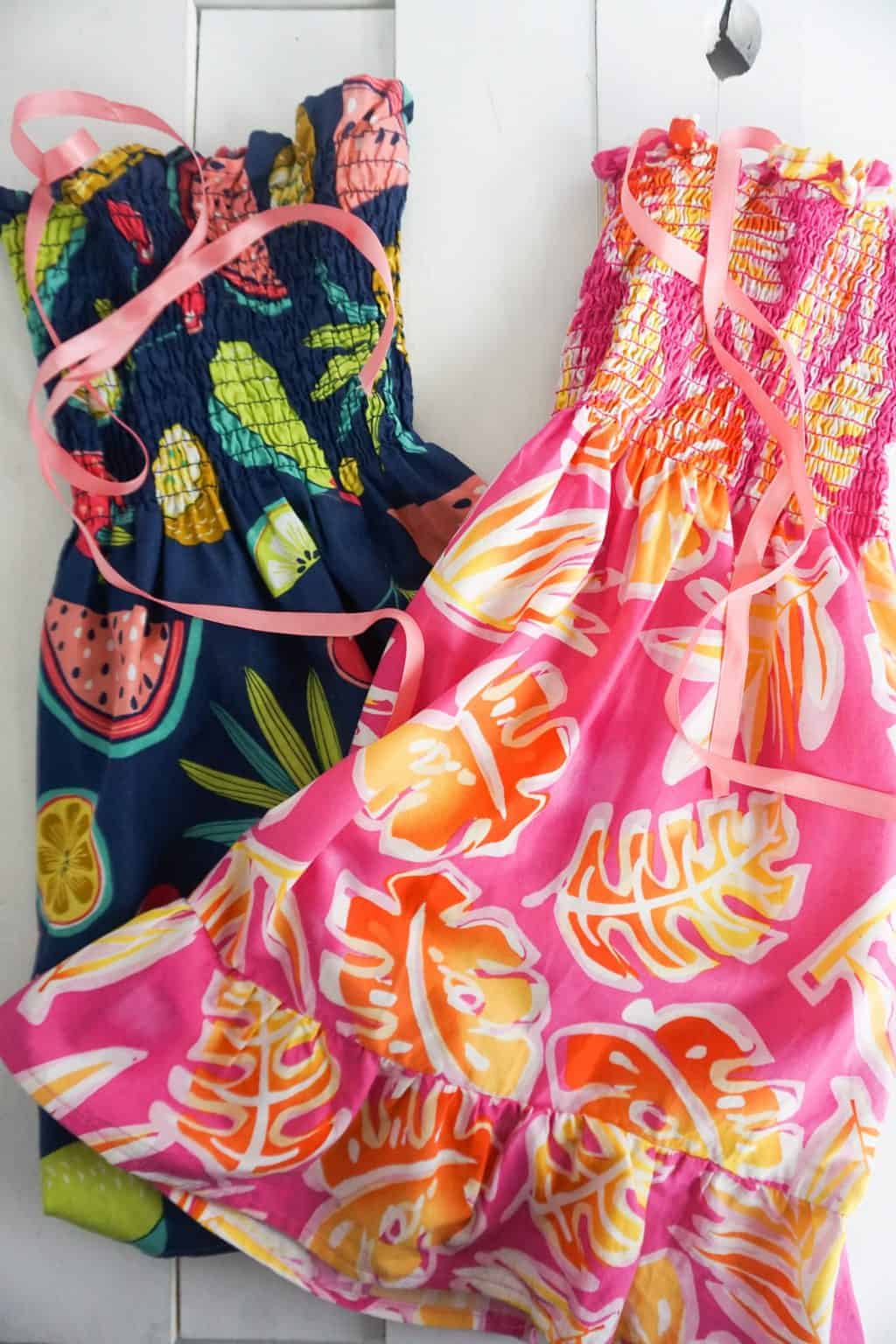### Materials Needed:
1. Pattern paper
2. Measuring tape
3. Pencil
4. Ruler
5. French curve (optional)
6. Scissors
### Steps to Create a Basic Empire Dress Pattern:
#### Step 1: Take Your Measurements
1. **Bust:** Measure around the fullest part of your bust.
2. **Under Bust:** Measure directly under your bust where the empire waistline will sit.
3. **Waist:** Measure around your natural waistline.
4. **Hip:** Measure around the fullest part of your hips.
5. **Dress Length:** Measure from the underbust to where you want the hem of the dress to be.
6. **Shoulder to Underbust:** Measure from the top of your shoulder, down over your bust to where your underbust measurement is.
#### Step 2: Draft the Bodice
1. **Front Bodice:**
- Draw a rectangle using your under bust measurement for the width and your "shoulder to underbust" measurement for the length.
- Divide the rectangle into quarters to place darts on both sides of the front bodice for shaping. Adjust the darts according to your bust size.
2. **Back Bodice:**
- Draw a rectangle using half of your under bust measurement for the width and the same length as the front bodice.
- Add darts for shaping, typically smaller than the front.
#### Step 3: Draft the Skirt
1. **Front and Back Skirt:**
- Decide if you want a gathered or a slightly flared skirt.
- For a gathered skirt, use a width that is 1.5 to 2 times your under bust measurement for each the front and the back.
- For a flared skirt, draw a slight A-line shape starting from each side of your under bust measurement.
- The length of the skirts should go from your underbust to your desired dress length.
#### Step 4: Add Seam Allowances
- Add at least 1/2 inch (1.27 cm) around all sides of each piece for seam allowances, except along the fold lines.
#### Step 5: Cut and Assemble the Pattern
1. **Cut Out the Pattern Pieces:**
- Cut out the bodice and skirt pieces from your pattern paper.
2. **Mock-Up:**
- Before cutting into your final fabric, it’s advisable to sew a mock-up of your pattern using muslin or any cheap fabric. This helps in making necessary adjustments without wasting good fabric.
#### Step 6: Sewing
1. **Assemble the Bodice:**
- Sew the darts and side seams of both the front and back bodice.
2. **Attach the Skirt:**
- Gather the top of the skirt to match the width of the bodice and sew together.
3. **Finishing Touches:**
- Attach any closures like zippers or buttons.
- Hem the bottom of the skirt.
- Optionally, add decorative elements such as lace, ribbon, or ruffles.
### Tips:
- Always iron your fabric before cutting to ensure it is smooth and even.
- Be mindful of fabric choice; lightweight, flowing fabrics like chiffon, silk, or lightweight cotton are ideal for this type of dress.
Creating your own empire dress pattern allows for custom fitting and personal style preferences, making your garment truly unique and tailored to your body. Enjoy the process of creating something beautiful!

1000 × 1000
Source:https://abelisfashion.com/producto/empire-waist-dress/

1343 × 649
Source:https://makingthingsisawesome.com/diy-empire-waist-maxi-skirt-sewing-pattern/

788 × 940
Source:https://lifesewsavory.com/free-sewing-patterns-pdf-downloads-kids-fall-winter/

996 × 1500
Source:https://www.ladulsatina.com/summer-floral-empire-line-dress/

895 × 500
Source:https://pacountrycrafts.com/blog/teen-peasant-dress-pattern-and-tutorial

1099 × 732
Source:https://www.sewmuchado.com/20-must-sew-free-girls-dress-patterns/

1500 × 1000
Source:https://www.bakingoutsidethebox.com/bandana-dress-pattern-transformation/

820 × 615
Source:https://www.pinterest.com/pin/boho-spirit-12-new-womens-sewing-patterns--40039884165531810/

1536 × 1024
Source:https://www.applegreencottage.com/free-pattern-girl-dress-for-beginners/

1800 × 1200
Source:https://blog.megannielsen.com/2020/12/the-nora-dress/
